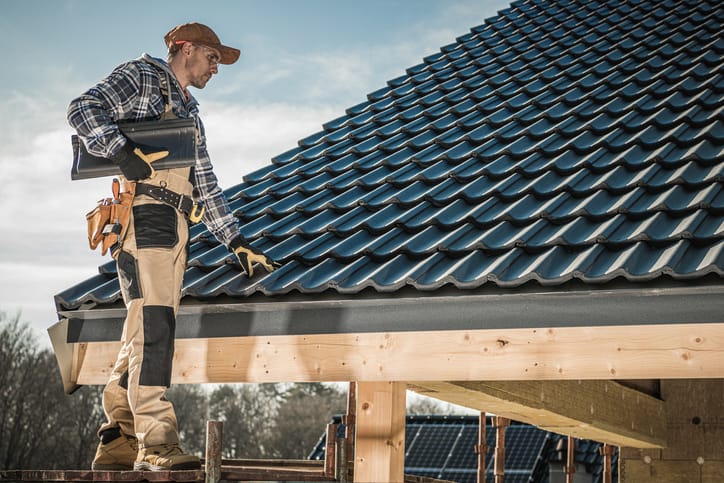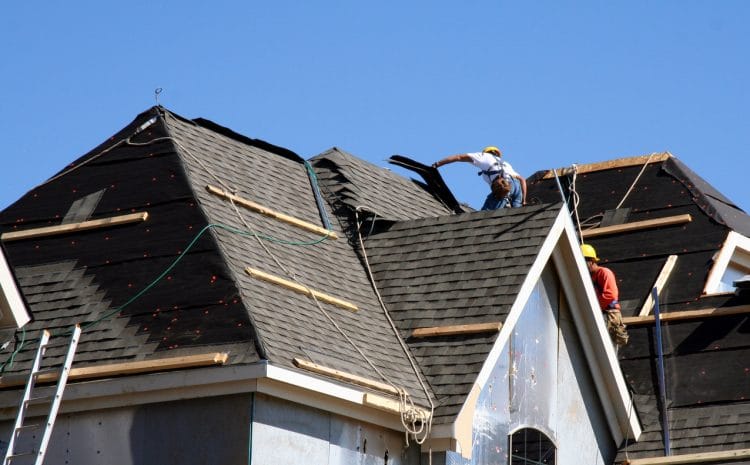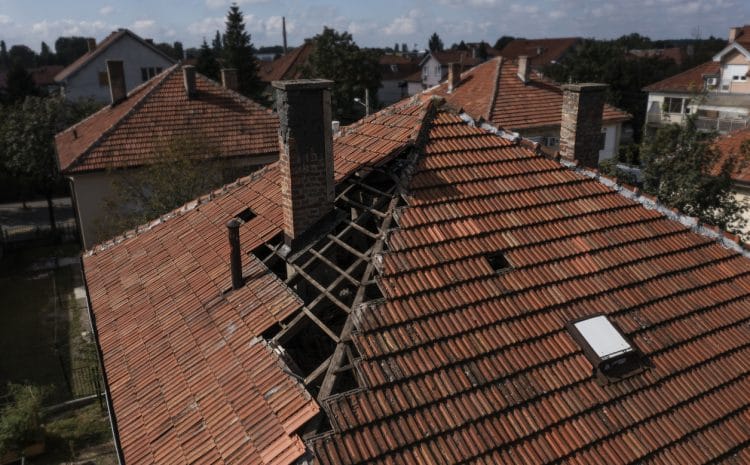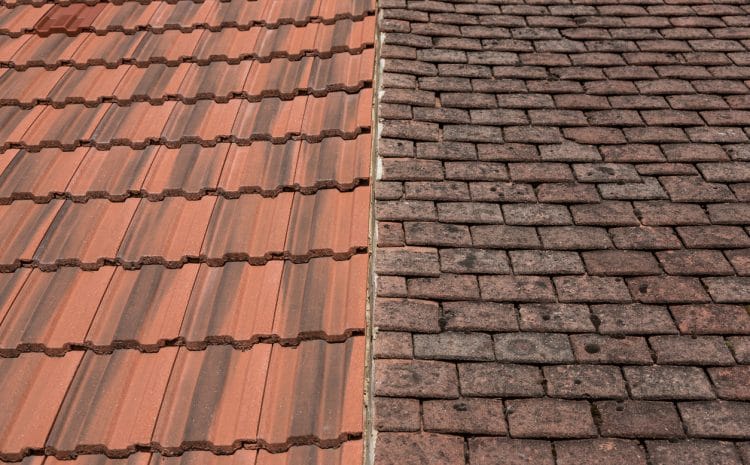How Long Does It Take to Replace a Roof? A Homeowner’s Guide

Replacing a roof is one of the biggest investments you’ll ever make in your property. It’s a job that is feared by homeowners, mostly because of disruption and expense.
But learning about the process, especially how long does it take to replace a roof, can really alleviate your anxiety. The question of how often to replace roof mostly depends on the material, with asphalt shingles typically needing replacement every 20–25 years.
This article will take you through all you need to know about the timeline, from spotting the signs to knowing the length of time.
When is It Time? Knowing Roof Lifespan and Signs for Replacement
Roofs have a finite lifespan. The life span of your roof has a lot to do with the material, weather conditions, and installation quality. For example, asphalt shingles last for 20–30 years, whereas metal roofs can easily last 50 years or more.
Knowing how often to replace roof is crucial for proactive home maintenance.
Key indicators that suggest it’s time for a roof replacement:
- Age: If your roof is nearing or past its expected lifespan, even without obvious damage, it’s worth a professional inspection. Consider how often should a roof be replaced based on its material.
- Missing or Damaged Shingles/Tiles: Curled, cracked, buckled, or missing shingles are obvious indicators of wear and tear.
- Sagging Roof Deck: A visible sag or dip in your roofline indicates structural problems and requires prompt attention.
- Moss or Algae Growth: Although some growth is natural, excessive moss can retain moisture and lead to faster decay.
Knowing how often do roofs need to be replaced is key to avoiding bigger, costlier issues later on. Don’t wait for a leak to think about replacement.
The Big Question: How Long Does It Take to Replace a Roof?
This is usually the first thing homeowners ask: how long does it take to replace a roof?
When considering how long does roof replacement take, most residential projects are completed within 1–3 days, though larger homes or adverse weather can extend this timeline.

Here’s what affects how long to replace roof:
- Roof Size and Complexity: A small ranch-style home will be faster than a large, multi-gabled house. Steeper roofs need more safety steps and slower work.
- Roofing Material Type: Replacing asphalt shingles is quicker than metal or tile due to cutting and sealing complexities.
- Weather: Rain, high winds, or extreme temperatures can delay work.
- Crew Size and Efficiency: More experienced and larger crews finish faster.
- Scope of Underlying Damage: Hidden issues like rotten decking add extra time.
- Permitting Process: Waiting for local building permits can slow things down.
The typical process includes inspection, tearing off old materials, repairing the decking, laying underlayment and flashing, installing new shingles or tiles, and final cleanup.
During the Replacement: What to Expect and Should I Stay Home?
Many homeowners wonder, should I stay home during roof replacement? It’s generally better to make other arrangements.
A roof replacement job is noisy and disruptive. Expect:
- Loud pounding and movement on the roof
- Dust and debris, despite contractors’ best cleanup efforts
- Heavy equipment and traffic around your house
If you have kids, pets, or work from home, it’s usually best to stay away. If you ask, do companies that replace roofs work on the weekends? — yes, many do, especially during busy seasons.
The Investment: How Much Does Roof Replacement Cost?
A common concern is: How much does roof replacement cost?
Costs depend on several variables:
- Material: Asphalt shingles are most affordable. Metal, tile, or slate can cost significantly more.
- Size & Pitch: Larger or steeper roofs require more labor and materials.
- Permit Fees: Local regulations may require permits.
- Disposal: Old materials must be removed and dumped.
- Structural Repairs: If damage like rotten decking is found, it adds to the bill.
Wondering do property management companies pay up front for roof replacement? Often, a deposit is required, with the rest paid on completion.
Is roof replacement tax-deductible? For a primary home, it’s typically not deductible, as it’s considered a home improvement.
Conclusion
Roof replacement is a major home renovation, but it adds lasting value, energy efficiency, and curb appeal. Understanding signs of aging, timeline factors, and costs helps you make smart, stress-free decisions.
Ready to replace your roof? Our Roof Contractor Referral Services connect you with reliable professionals.
For additional support with property loss or 411 Claims Help, reach out.
How long does it take to replace a roof?
Most residential roof replacements take 1–3 days, depending on size, material, and weather.
How often should a roof be replaced?
It varies by material — asphalt shingles last 20–25 years, while metal roofs can last 40–50 years.
Should I stay home during roof replacement?
It’s better to stay elsewhere, especially if you work from home, have children, or pets due to noise and safety.
Do companies that replace roofs work on weekends?
Yes, many roofing companies offer weekend services, particularly during peak seasons.
Is roof replacement tax deductible?
Usually no — it’s considered a home improvement and not deductible for primary residences.
How much does roof replacement cost?
It can range from $5,000 to $15,000+ based on material, roof size, complexity, and required repairs.



